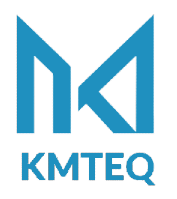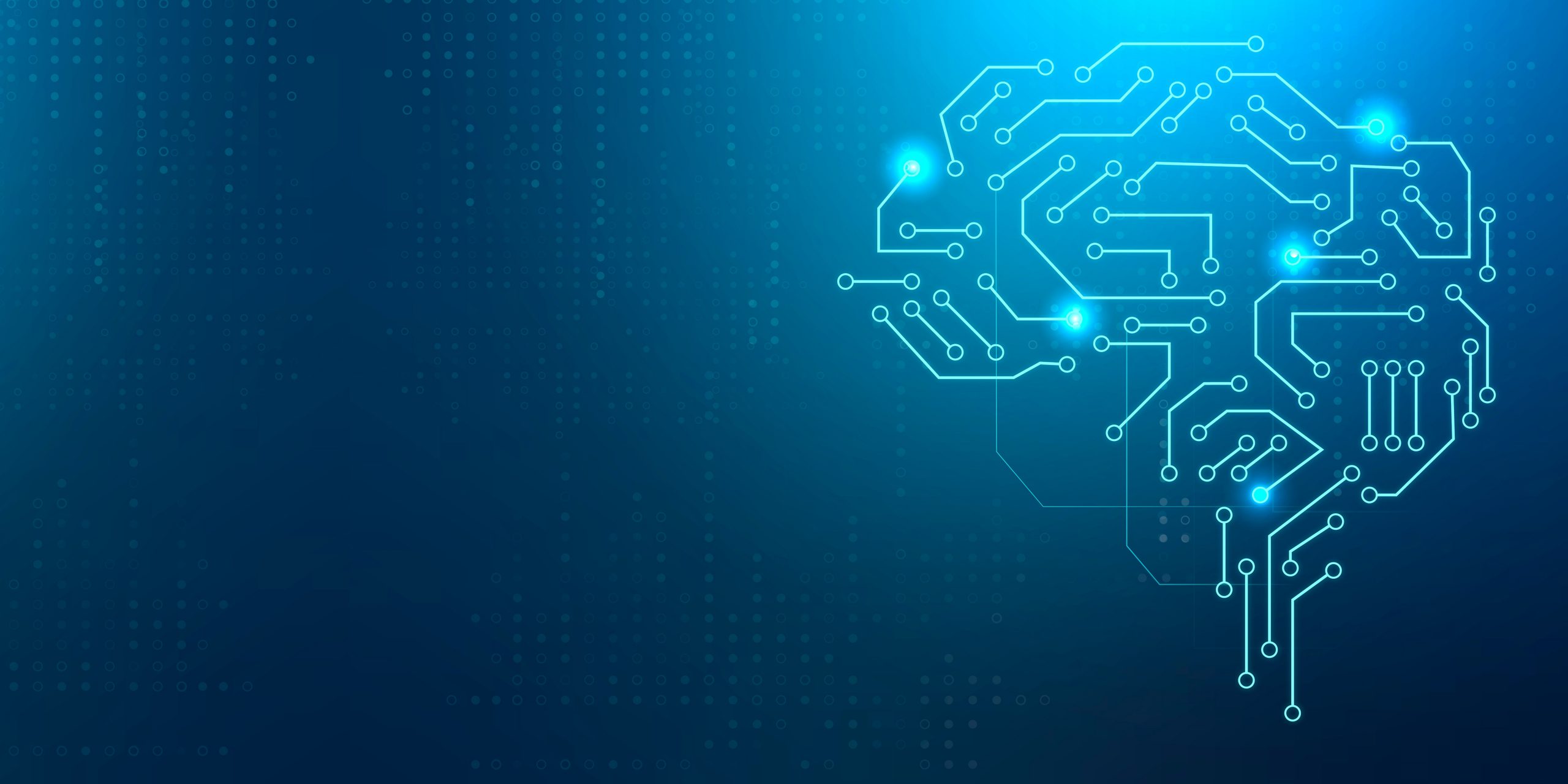What is Neuroscience?
The exploration into how the nervous system and brain work is known as neuroscience. To map out the functions of the brain, neuroscientists use physiology, biology, human behavior, etc. The fact that AI networks are exact replicas of the neural networks found in the brain has had a significant impact on neuroscience. Overall, there are synergies between neuroscience and AI.
What can AI get from Neuroscience?
Since the beginning of artificial intelligence, neuroscience has played a crucial role. It’s always been the driving reason behind creating AI that is humanoid. Neuroscience in AI supports the development of artificial intelligence systems in two ways:
- Systems emulating human intelligence
With these exciting capabilities, several recent developments in artificial intelligence are starting to make headlines.
- Video games
- Object recognition
- Detecting errors and problems that aren’t visible to the human eye
- Designing neural networks that can imitate human brain structure
Like the human brain, an artificial intelligence’s neural network is composed of interconnected Neurons. Following their activation and input, they communicate with other neurons. When we give a neural network a lot of information to process, each link is given a weight so that the network can learn.
Exceptional features that AI obtains from Neuroscience.

The fusion of neuroscience in AI enables a grasp of the neural processes in the human brain that underlie cognition. Below are the exceptional features that AI is capable because of Neuroscience:
- Sequential recollection
Sequential recalls, a brained skill, are used for memorizing life stories such as incidents or locations. To compile particular actions and rewards from various occurrences and to select the most recent actions that are consistent with the input of the scenario at hand and earlier memories.
- Attentiveness
One specific capability of the human brain is this. An attention mechanism is activated when it is possible to focus on a single task while avoiding distractions from the outside world.
- Endless acquirements
The capacity to learn countless things without becoming stuck due to lack of knowledge. However, the neural network struggles with the painful memory loss that results from tragedy. As neural network parameters try to find the best state for carrying out the second of two steady jobs, they rewrite the arrangement to allow one to be performed.
- Inference
In AI programmes, deep generative models and probability-based techniques are merged to start brain-followed insights mechanisms. The models may now perform inference instead of relying on the lack of data and generate new data samples from an original example.
- Visualization and Preparation
Humans have the capacity for future speculation and prediction. Most deep learning models continue to be reactive and are incapable of producing long-term effects. Deep generative model preparation via simulation has been the focus of AI research.
How Neuroscience and AI encourage and drive each other?
In contrast to neuroscience, where the focus is on how the brain functions, artificial intelligence (AI) research focuses more on learning via machine language. AI is becoming incorporated into techniques that control the perception of brain activity and is seen as a crucial tool in neuroscience. The two technologies are fundamentally solving the same issue, albeit from opposite angles.
Neuroscience and AI both aim to comprehend the human brain. Thus, it is crucial that they work together. Scientists are using advances in neuroscience to develop better models of the brain and neuroscientists are comparing them to actual brain activity in the hopes that one day they will be able to develop a true human intelligence.
Follow us on LinkedIn for more such updates!

